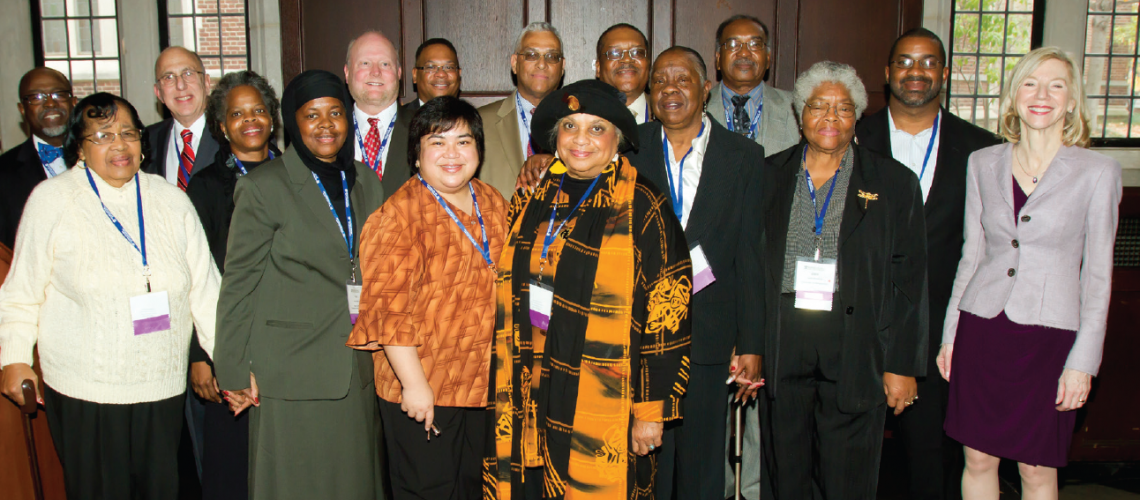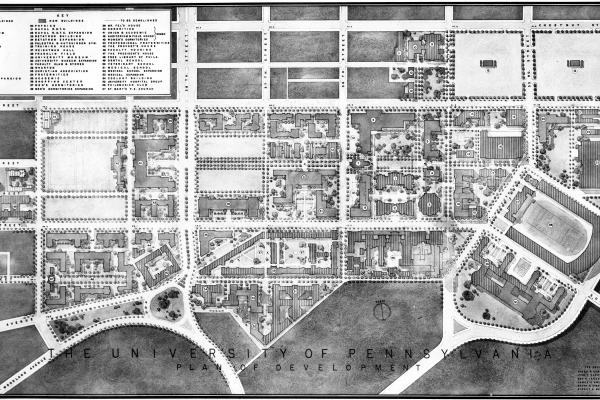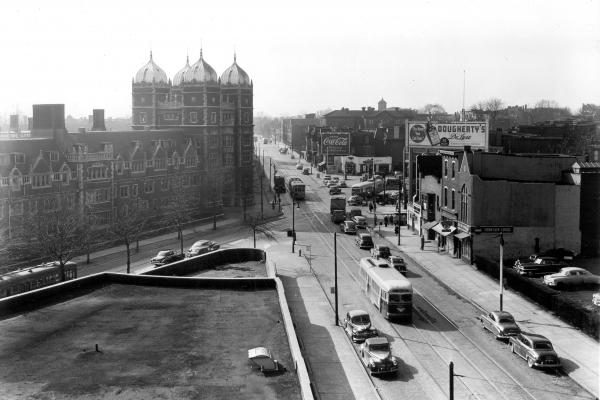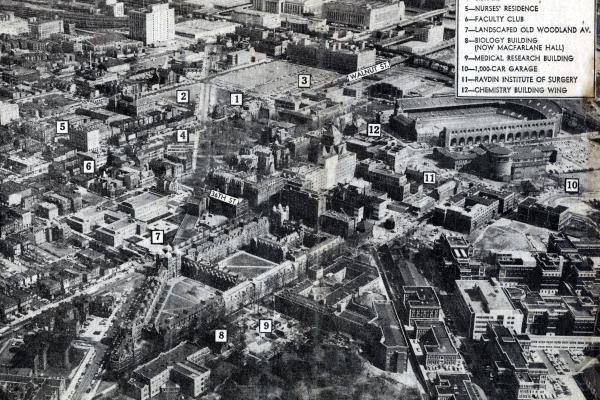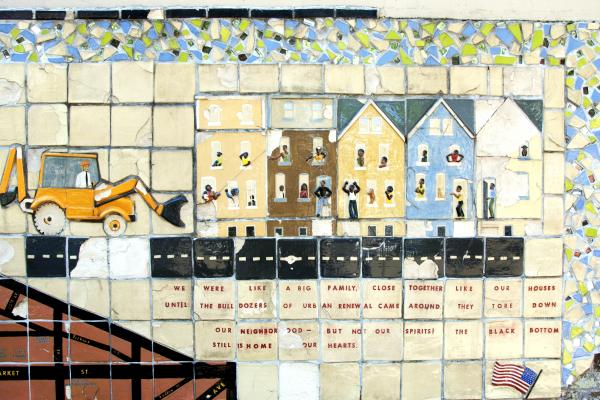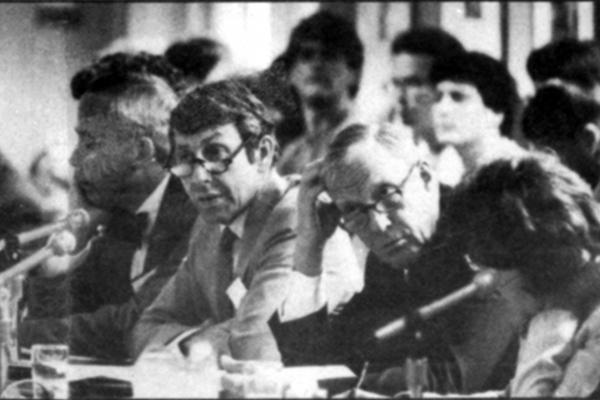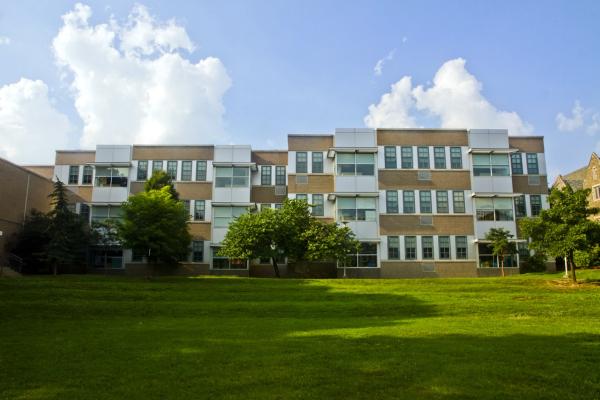The Netter Center for Community Partnerships
Part of
The Netter Center for Community Partnerships is the centerpiece of Penn’s quarter-century effort to establish mutually beneficial university–community–public school partnerships in West Philadelphia.
Penn’s Netter Center for Community Partnerships has worked since 1992 to improve Penn’s community relations in West Philadelphia in ways that harness the strengths of both the University and its community partners. Two core strategies are directed toward building mutually beneficial, democratic university–community–public school partnerships. Academically Based Community Service (ABCS) engages Penn students and faculty from multiple schools and departments in numerous academic courses that participate in mutually organized problem-solving activities with teachers, school administrators, and community leaders. University-Assisted Community Schools (UACS) is a mutually organized strategy to transform local public schools as catalytic hubs for community education and development.
The Center for Community Partnerships, (CCP, now Netter Center for Community Partnerships) began in 1992 under the direction of Ira Harkavy, the former student leader of the 1969 College Hall sit-in and later a Ph.D. graduate of Penn’s History Department. The CCP evolved from an two successive offices (Community-Oriented Policy Studies, Penn Program for Public Service) in the School of Arts Sciences into a campus-wide center, with reporting lines to the president and the provost (Penn’s chief academic officer).
Through two linked initiatives—academically based community service (ABCS) and university-assisted community schools—the CCP mobilized faculty in numerous disciplines to reinvent or create courses that focused on social problems in West Philadelphia, primarily in schools, and engaged their students in problem-solving programs and activities with West Philadelphia teachers, school administrators, students, and community residents. (ABCS is defined as community service intrinsically linked to teaching, learning, and research.) These courses were, and still are, integral to the Center’s goal of transforming existing public schools into community schools, a goal the Ira Harkavy and his colleagues began to advance in the late 1980s. A community school is defined as follows:
Through the school’s curriculum and community program (e.g., school-based or school-linked health and social services, youth development, adult education), youth and adults work together to analyze the problems of the community, research and formulate solutions to those problems, and mobilize resources and supports for putting solutions into action. The community school is cosmopolitan in the sense that community problems are always treated as local manifestations of broader societal or global problems.[1]
The catalyst—and for a decade the organizational umbrella—for all this activity was the West Philadelphia Improvement Corps (WEPIC), a coalition of Penn faculty, students, and staff members, and West Philadelphia teachers, students, school administrators, and community members. WEPIC was organized in response to the MOVE fire of 13 May 1985 by students in an undergraduate history honors seminar on Penn and the City, which was co-taught by Harkavy and two other American historians—Lee Benson and University President Sheldon Hackney. The students obtained funding from the U.S. Labor Department and WEPIC began in the summer of 1985 with a school–community beautification initiative at the Bryant School, located near the blocks consumed by the MOVE fire. By 1991, when the CCP was officially formed, WEPIC had grown into a multi-school, year-round program that involved children, their parents, and community members in education and cultural workshops, recreation, job training, and community improvement and service activities.[2]
In 2007, the Center For Community Partnerships was renamed Barbara and Edward Netter Center For Community Partnerships (The Netter Center).[3]
The Netter Center formally began its operation in 1992 with only four ABCS courses. By 2015–2016, the number had grown to approximately 65 taught per year, with about 1,600 graduate and undergraduate students and 50 tenured/tenure-track and associated faculty annually engaged in these courses. Netter’s Moelis Access Science program, designed to improve STEM education, umbrellaed about a dozen ABCS courses in mathematics and the natural, physical, engineering, and computer sciences. Environmental studies umbrellaed six ABCS courses focused on environmentally triggered diseases, e.g., asthma, tobacco, and lead poisoning.[4]
The Netter Center’s flagship program was the Agatston Urban Nutrition Initiative (AUNI), which had a fulltime staff of about 20 in 2015–2016, and engaged about 200 Penn students in approximately 10 ABCS courses and volunteer and work-study activities. The program, which originated in an undergraduate medical anthropology class in the early 1990s and morphed through continuously expanded iterations into ANUI, operated school gardens and school-based microbusinesses that sold the produce of these gardens to local markets. In 2011, AUNI staff initiated the Community Farm and Food Resource Program on a 2 1/2-acre site at historic Bartram’s Garden in Southwest Philadelphia; the program included the Farm, a fruit orchard, and a solar-powered greenhouse. The project employed youths from John Bartram High School to work in all aspects of running the Community Farm, which, as of 2016 was renamed the Farm at Bartram’s Garden. The school gardens and the Farm together produced more than 10,000 pounds of fresh produce in 2015–2016, which students sold from their farm stands at three farmer’s markets in West and Southwest Philadelphia.[5]
